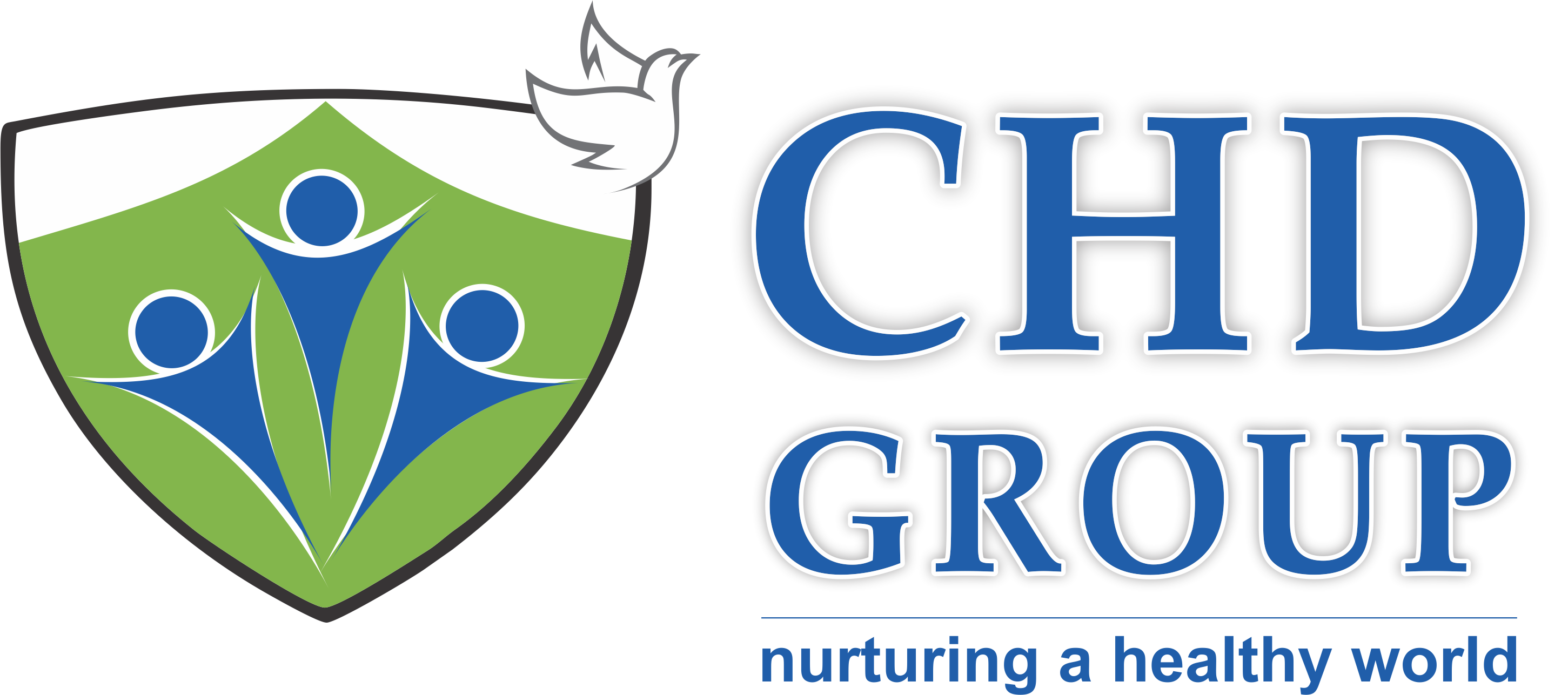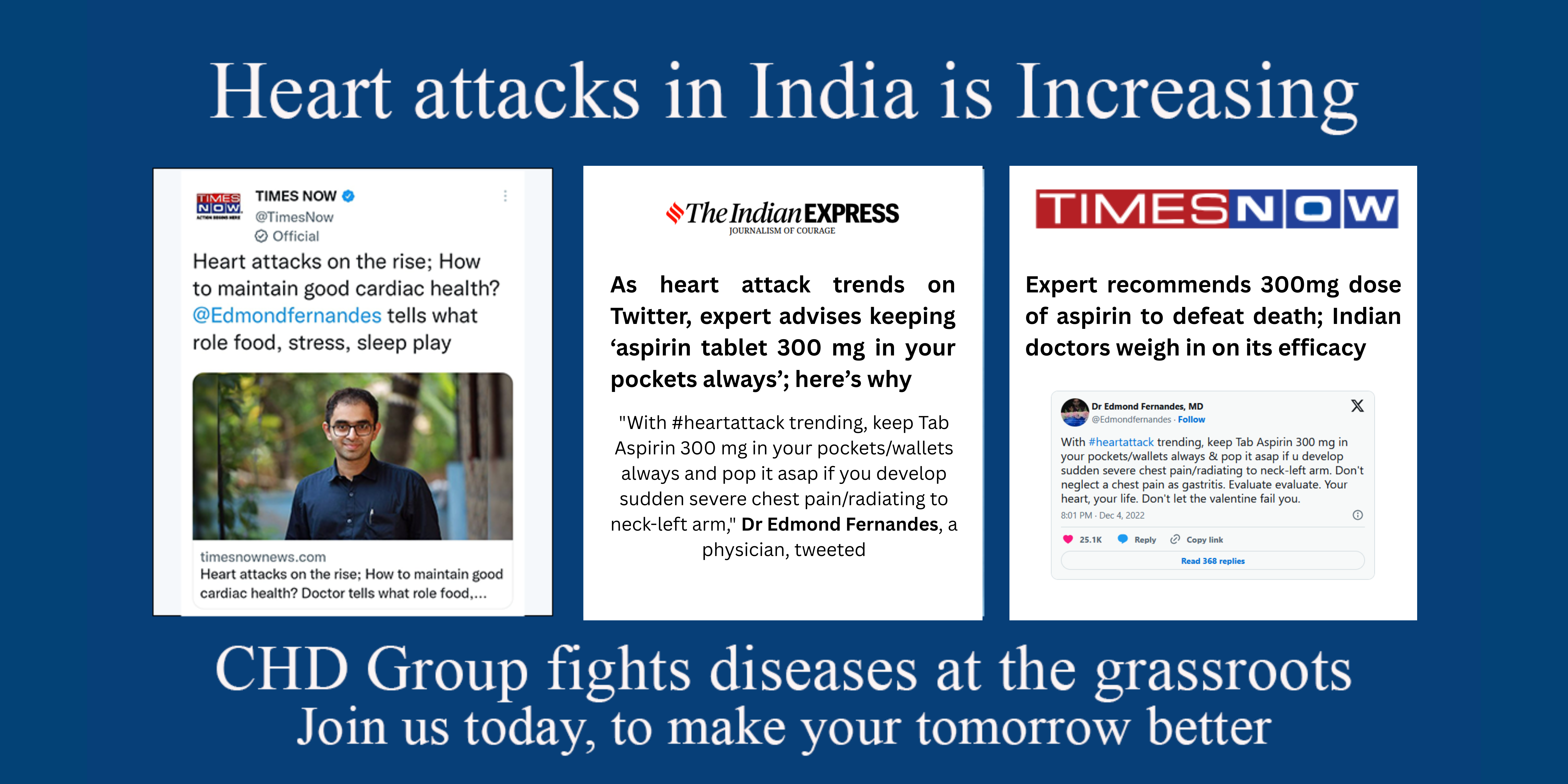India is grappling with a silent yet deadly epidemic: a sharp rise in heart attacks, particularly among younger populations. Once considered a health issue primarily affecting the elderly, cardiovascular diseases (CVDs) are now striking individuals in their 30s and 40s with alarming frequency. According to the World Health Organization (WHO), India accounts for approximately 2.2 million heart attack deaths annually, a figure that underscores the urgency of addressing this escalating crisis. Dr. Edmond Fernandes, while addressing Times Now also suggested that citizens keep 300mg aspirin in their pockets and pop the pill if they develop severe chest pain radiating to the left arm and neck area and immediately seek emergency care assistance.
A Shifting Demographic: Heart Attacks in the Young
One of the most concerning trends is the increasing prevalence of heart attacks among young adults. Data from hospitals across India between 2020 and 2023 indicate that 50% of heart attack patients are now under 40 years old, a stark contrast to the historical perception of heart disease as an elderly affliction. A study by Aakash Healthcare in Delhi revealed that heart attack cases more than doubled post-Covid-19, with emergency cases rising by 60%. This shift is particularly pronounced in urban areas, where lifestyle factors play a significant role. The reasons are multifaceted, combining genetic predispositions, inability to pursue time for physical exercise with modern lifestyle choices that exacerbate cardiovascular risks.
Key Causes of the Surge
Lifestyle Factors
The modern Indian lifestyle, particularly in urban centers, is a major driver of this epidemic. Sedentary behavior, fueled by desk jobs and increased screen time, has become pervasive. Lack of physical activity weakens the cardiovascular system, contributing to obesity, hypertension, and diabetes—key risk factors for heart attacks. Diets high in processed foods, refined carbohydrates, and trans fats further elevate cholesterol levels and promote obesity. The consumption of easily accessible junk food, coupled with a decline in fresh fruit and vegetable intake, has created a nutritional crisis.
Smoking and excessive alcohol consumption are also significant contributors. Tobacco use, including chewing tobacco, hardens and narrows arteries, while binge drinking raises blood pressure. WHO reports that tobacco use alone accounts for 18.9% of disability-adjusted life years (DALYs) due to CVDs in India. Additionally, chronic stress from long working hours, job insecurity, and poor work-life balance triggers hormonal imbalances, increasing inflammation and blood pressure.
Genetic Predisposition
Indians have a genetic predisposition to early-onset heart disease, with smaller coronary arteries and a “thin-fat” phenotype—higher body fat percentages despite lower body mass indices. This genetic makeup, combined with environmental and lifestyle factors, accelerates the onset of CVDs by a decade compared to Western populations.
Post-Covid Impact
The Covid-19 pandemic has played a significant role in the surge. Studies suggest that the virus can cause persistent inflammation in heart vessels, increasing the risk of blood clots and heart attacks even after recovery. A 2022 study estimated that 4% of Covid-19 survivors may develop heart complications, a significant number given that 66-70% of India’s population was infected. While some have speculated about a link between Covid-19 vaccines and heart attacks, a study by the Indian Council of Medical Research found no correlation, noting that vaccinated individuals were less likely to suffer sudden cardiac death.
Environmental and Socioeconomic Factors
Environmental factors, such as deteriorating air quality in Indian cities, exacerbate cardiovascular risks by contributing to respiratory and heart issues. Socioeconomic factors, including limited access to healthcare and low awareness of regular health check-ups, lead to delayed diagnoses and interventions. Only 33-35% of Mumbaikars regularly monitor their blood pressure or cholesterol, despite recommendations to start in their 20s.
The Economic and Social Toll
The rise in heart attacks is straining India’s healthcare system and economy. According to Policybazaar, heart-related insurance claims surged from 9-12% in 2019-2020 to 18-20% in 2023-2024, with treatment costs rising from ₹4-5 lakhs to ₹12-15 lakhs. The American College of Cardiology estimates that CVDs account for 30% of deaths in India, with ischemic heart disease as the primary cause. This health crisis also impacts productivity, as young professionals are increasingly affected, disrupting families and workplaces.
Preventive medicine to be focused with extreme urgency:
Promoting regular exercise, such as 45 minutes of aerobic activity daily, and adopting a heart-healthy diet rich in fruits, vegetables, whole grains, and lean proteins can significantly reduce risks. Reducing salt, sugar, and processed food intake is critical.
Educating the public about heart attack symptoms—chest pain, shortness of breath, and fatigue—and the importance of early intervention can save lives. Schools and workplaces should host workshops on heart health.
Routine preventive health checks for blood pressure, cholesterol, and blood sugar can detect risks early. A once in six month appointment with your preventive medicine physician is essential to detect any imminent threats you can potentially suffer from.
Strengthening primary healthcare infrastructure and establishing specialized cardiac centers in rural and urban areas can ensure timely treatment. Affordable medications and advanced procedures like angioplasty and TAVI can improve outcomes.
Public health initiatives should address air pollution, promote smoke-free zones, and regulate food quality in restaurants, address heat effects due to extreme weather events, to reduce trans fats and sugars in processed foods industry as well.
Lastly, The rising tide of heart attacks in India, particularly among the youth, is a wake-up call for individuals, healthcare providers, and policymakers. By addressing lifestyle factors, increasing awareness, and improving healthcare access, India can mitigate this growing crisis. Small, consistent changes—regular exercise, healthy eating, and routine check-ups—can pave the way for a healthier future, ensuring that the heart of the nation beats stronger for generations to come.

